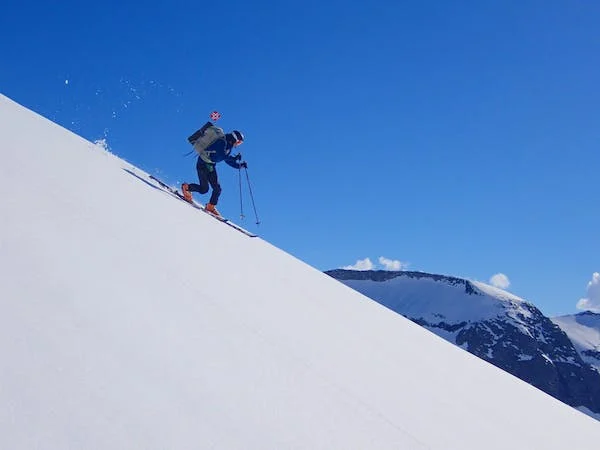Rising at 4,164 meters above sea level, Mount Breithorn is known to be the most accessible and most famous mountains in Switzerland. This said, the hill is located on the Swiss-Italian border in the Pennine Alps, and it has a reputation for being a training climb for those who want to successfully conquer Mount Matterhorn. It is an easy climb if you’re just a beginner climber. As you reach the summit and when you’re there, you will get to witness spectacular views of Rhone Valley, Matterhorn, and Monte Rosa massifs. That is why, in this article, we are going to give you a guide on what you should do before you climb Mount Breithorn.
Starting Point, Climbing Routes, and Distance
Mount Breithorn was first climbed by a French expedition in 1931 that was led by a climber named Henry Maynard and together with famous automobile pioneer, Jean Gras. Since then, it has attracted several climbers and mountaineers.
The peak of Breithorn is divided into four summits, and they are the Central Breithorn, Western Breithorn, Roccia Nera, and the Gendarm. Western Breithorn is the tallest of all the peaks, and this is the one that is commonly climbed by mountaineers. There are two sides where you can start to jump Mount Breithorn, the Swiss side at Zermatt, and the Italian side in Cervinia. Both sides can take you a fair way up, and then you will have to choose which of the three routes you would take.
If you’re coming from the Cervinia side, you will have to take a ski lift up to the Plateau Rosa. On the other hand, if you’re coming from the Zermatt side, you will have to meet your guide at the Matterhorn Express. After that, you will have to go to the Klein Matterhorn Cable car, which will take you to the Breithorn Plateau.
From these two plateaus, you will then have two options to reach the summit. The easiest route is the SSW face or also known as the normal route. The SSW face route offers minimal technical difficulty, and it just requires you to hike across the glacier. However, you may encounter some cornices as you approach the summit.
The other route is called the Half Traverse, and it is a day-trip route. This route requires you to climb over glaciers and steep mountain ridges. Keep in mind that several fatalities occur on this route every year, so if you’re a beginner climber, do not take this route lightly.
There is a third route called the Triftjigrat. It is an overnight route, and it’s considered to be the toughest of all. This route is suggested for advanced mountaineers only. You will also have to camp in one of the plateaus and wake up in the wee hours of the morning in order for you to get to the summit in time. This route requires you to climb up in steep and multi-pitch glaciers.
For most climbers, reaching the summit of Mount Breithorn only takes about one day. But it all depends on your skill level and fitness. If you can meet your guide at 6:30 in the morning, chances are you will reach the summit by 12:30 pm, and you will be on your way back down by 2:00 pm.
Climate Conditions at Mount Breithorn
The best time to climb Mount Breithorn is from May to October, and its peak season is from July to August. This is because they are the warmest months. But, the temperatures at Mount Breithorn and on its summit do not surpass at zero degrees Celsius, and it can be as cold as -13 degrees Celsius. Summers in Switzerland can get warm and humid, along with some scattered rainfall.
What You Will Need Before You Climb Mount Breithorn
This mountain is not a very challenging climb, and you can embark on this even if you just have minimal mountaineering experience. Each of the routes we discussed will take you to the top. However, it all requires a different level of skills. Nevertheless, you have to remember that to keep yourself physically fit for the climb because you are going to deal with high altitude and steep steps as you go to the top.
Here are the things that you should pack in your bags if you want to climb Mount Breithorn:
- Crampons
- Harness
- High-energy snacks
- At least 2 pairs of hiking socks
- Ice axe
- Liner gloves and heavier shell gloves
- Personal first aid kit
- Sunglasses and sunscreen
- Backpack (preferably 30 liters)
- Breathable t-shirt and long sleeve shirt
- Camera and extra batteries
- Camping equipment (if applicable)
- Collapsible trekking poles
- Walking shoes and mountaineering boots that fit into crampons
- Water bottle
- Water-proof shell jacket and down jacket
- Water-proof shell trousers and climbing pants
- Wool cap and sun hat

